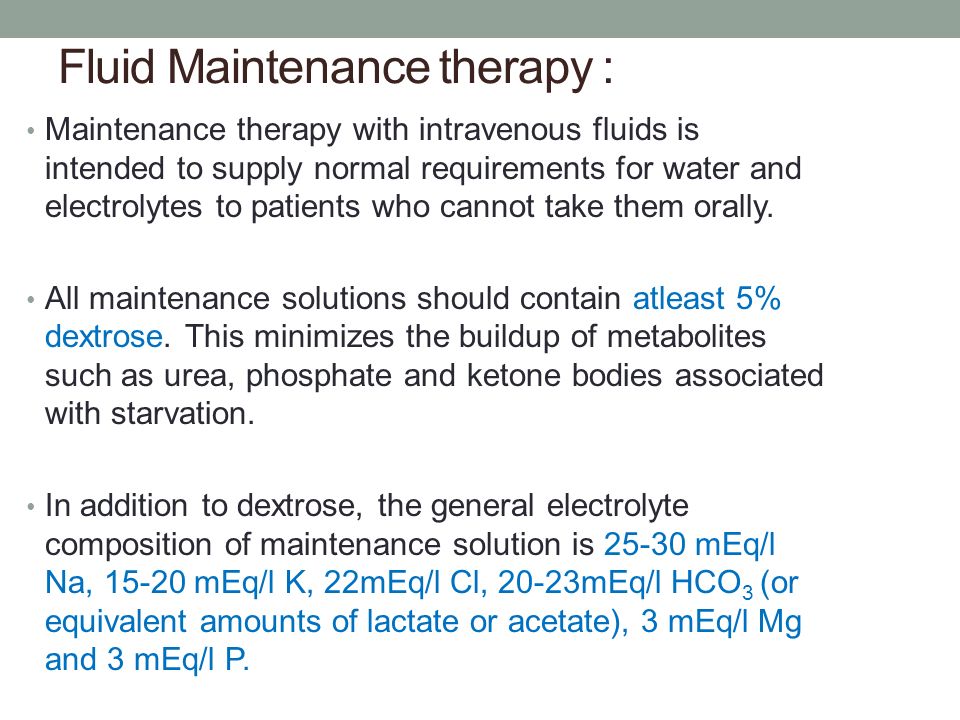Download Iv Fluids Manufacturing Process Project Report Pdf Free

Industry market research reports, statistics, data, trends, forecasts and information. Hospitals and ambulatory healthcare facilities with an array of IV solutions.
Fluid - Manufacturing Plant, Detailed Project Report, Profile, Business Plan, Industry Trends, Market Research, Survey, Manufacturing Process, Machinery, Raw Materials, Feasibility Study, Investment Opportunities, Cost And Revenue, Plant Economics I. Fluid - Manufacturing Plant, Detailed Project Report, Profile, Business Plan, Industry Trends, Market Research, Survey, Manufacturing Process, Machinery, Raw Materials, Feasibility Study, Investment Opportunities, Cost And Revenue, Plant Economics Intravenous fluids are fluids which are intended to be administered to a patient intravenously, directly through the circulatory system. These fluids must be sterile to protect patients from injury, and there are a number of different types available for use.
Fluids are given when someone's body fluid volume falls. There are a number of things which can cause a drop in fluid volume. Vomiting and diarrhea are a classic example, which is why people are encouraged to drink fluids when they are sick, to keep their fluid volume stable. Another cause is blood loss, which causes problems both because people lose blood products, and because they experience a loss in fluid volume. Electrolyte levels in the blood can also become unstable as a result of rapid changes in fluid volume, in which case intravenous fluids can be used to restore the balance. Intravenous fluids can be broken into two broad groups.
Crystalloids such as saline solutions contain a solution of molecules which can dissolve in water. When crystalloids are administered, they tend to create low osmotic pressure, allowing fluid to move across the blood vessels, and this can be linked with edema. Colloids contain particles which are not soluble in water, and they create high osmotic pressure, attracting fluid into the blood vessels. Blood is an example of a commonly administered intravenous colloid.
Intravenous fluids can also be used as a route of medication administration. If a doctor wants to deliver a small amount of medication over an extended period of time, it can be dissolved in a bag of intravenous fluids and set on an infusion pump which delivers the medicated fluid directly into the blood. They are also commonly used to assist with surgical recovery; people who receive fluids after surgery tend to experience better recovery than people who do not. There are many solutions are used for IV fluids. The specific one used depends on the situation. Many other compounds can be added to the IV solution as a simple means of administration.
For example, antibiotics, pain killers and so on can be added to the IV so the patient receives the drug at a constant rate over a long period of time. The basic function of IV fluids is to replenish the body fluids. Although there are a number of IV fluids but generally three types of IV fluids are used in hospitals as IV drips. They are as follows: 1. Dextrose injection fluid 2.
Dextrose and sodium chloride injection fluid 3. Sodium chloride injection solution (Saline solution). When saline is injected intravenously, it compensate the deficiency of sodium ions when dextrose is injected it gives energy due to glucose content of it when dextro-saline is given in combination, it replenishes the dehydration as well as gives energy thereby recouping debility syndrome and also in general take care of malaise. Uses There are four main ranges of application of highly specialized intravenous infusion solutions: 1.
Treatment of discarded water and electrolyte metabolism, especially in severe cases. Therapy of acid base in balances. The volume substitution and volume replacement in surgery of accident victim suffering blood loss.
Paratral nutrition for severally ill and post-operative patients. Aqueous isotonic injection (5%) of dextrose is given as intravenous injections to increase the column of circulating blood in the shocks and haemarrhages and to counteract dehydration. When it is desired to replace excessive salt loss also glucose is injected along with sodium chloride. Dextrose solution is used during postoperative period when sodium extraction is reduced. Dextrose solution with concentration of 10-15% is used as diuretic for increase in urine flow.
2019 ford focus. Dextrose solutions of 5% normal salinic are used for restoring fluid volume in circulation of an emergency as in accidents with haemarrhage. Saline solution is used when large amount of sodium has been lost by vomiting or by gastric or intestinal duodenal aspiration or through an alimentary fistula. Dextrose monohydrate is used as supplement to cow's milk in part of feeding. Hypertonic dextrose solution (25-50%) is in medical treatment partly because they are believed to strengthen heart muscles. Hypertonic solutions are used in intravenous injection to relieve intractable pressure in-patient with hydrocephalus and meningitis. Market Survey India's traditions in the science of health and healing go back to the halcyon days of Surushta, Vagbhatta and Charaka.